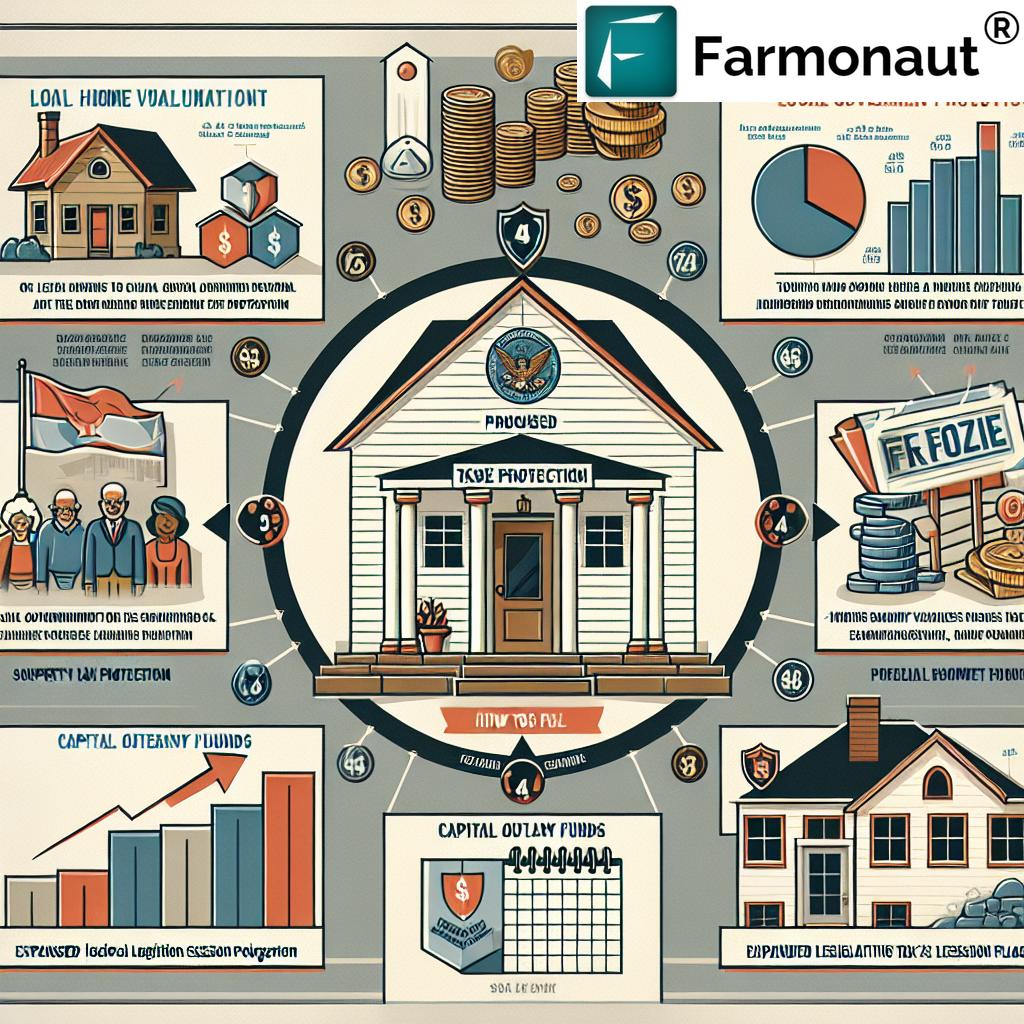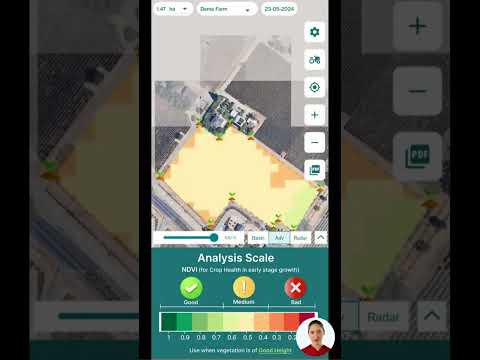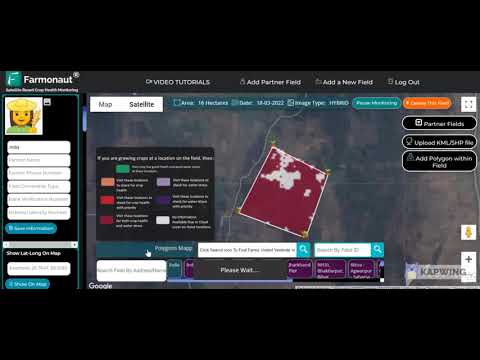South Dakota’s Property Tax Relief Plan: 5-Year Cap on Home Value Growth Proposed
“South Dakota’s proposed property tax relief plan includes a 3% annual cap on county home value growth for 5 years.”
In recent years, South Dakota homeowners have faced a growing burden as property taxes continue to rise alongside soaring home values. As we delve into this pressing issue, we’ll explore the comprehensive property tax relief plan proposed by South Dakota Governor Larry Rhoden and its potential impact on local communities. This blog post will provide an in-depth analysis of the proposed legislation, its key features, and the broader implications for homeowners, local governments, and public services across the state.
Understanding the Need for Property Tax Relief in South Dakota
Property taxes have long been a critical funding source for county governments and school districts in South Dakota. However, the rapid increase in home values over the past five years has created significant financial strain for many homeowners. This surge in property values has led to a public outcry, prompting lawmakers to prioritize property tax relief in the current legislative session.
As we examine the proposed tax relief plan, it’s essential to consider the delicate balance between alleviating the tax burden on homeowners and maintaining adequate funding for essential public services. Let’s explore the key components of Governor Rhoden’s proposal and how they aim to address these complex challenges.
Key Features of South Dakota’s Property Tax Relief Plan
Governor Larry Rhoden’s proposed bill, Senate Bill 216, outlines several significant changes to the current property tax system in South Dakota. Here are the main components of the plan:
- Five-Year Cap on Home Value Growth: The plan proposes to cap the growth in the total taxable value of a county’s owner-occupied homes at 3% annually for the next five years.
- Stricter Limits on Local Government Tax Collections: The proposal aims to tighten restrictions on how much money local governments can request in property taxes.
- Expansion of Property Tax Relief Programs: The bill seeks to broaden eligibility for existing property tax relief programs, particularly for elderly and disabled residents.
- Adjustments to School Capital Outlay Funds: The plan includes measures to limit annual growth in school capital outlay funds.
Let’s examine each of these features in more detail to understand their potential impact on South Dakota’s property tax landscape.
Five-Year Cap on Home Value Growth
At the heart of Governor Rhoden’s property tax relief plan is a proposal to cap the growth in the total taxable value of a county’s owner-occupied homes at 3% annually for the next five years. This measure aims to address the rapid increase in home valuations that has been a significant driver of rising property tax bills across the state.
It’s important to note that this cap would apply only to owner-occupied homes and would not affect valuations for commercial properties or agricultural land. By focusing on residential properties, the plan seeks to provide targeted relief to homeowners who have been most affected by the recent surge in property values.
The proposed cap is designed to slow the rate of increase in property tax assessments, potentially providing more stability and predictability for homeowners’ tax bills. However, it’s crucial to understand that this measure would not directly lower anyone’s property taxes. Instead, it aims to keep future increases in check by limiting the growth in the overall tax base.
Stricter Limits on Local Government Tax Collections
In addition to capping home value growth, the proposed plan seeks to impose stricter limits on how much money local governments can request in property taxes. Under the current system, local governments are generally limited to asking for 3% more in property taxes each year or the rate of inflation, whichever is lower, unless they receive voter approval for a higher increase.
Governor Rhoden’s proposal would further restrict this growth by limiting annual increases based on new construction and home improvements to 2%. This measure aims to curb the overall growth in property tax collections, potentially easing the burden on taxpayers while also encouraging local governments to find efficiencies in their operations.
It’s worth noting that this limitation could present challenges for some local governments, particularly in rapidly growing areas where the demand for public services may be increasing at a faster rate. Balancing the need for property tax relief with the provision of essential services will likely be a key point of discussion as lawmakers consider this proposal.
Expansion of Property Tax Relief Programs
A significant component of the proposed plan is the expansion of eligibility for existing property tax relief programs, particularly those targeting elderly and disabled residents. The current property tax freeze program provides relief to qualifying elderly and disabled individuals by freezing their property tax assessments at a certain level.
Under Governor Rhoden’s proposal, the income limits for this program would be increased, potentially allowing more residents to benefit from the tax freeze. For example, the income limit for a multi-person household would rise from $45,000 to $65,000. Additionally, the maximum value of a home eligible for the program would increase from $350,000 to $500,000.
These changes aim to provide additional support to vulnerable populations who may be struggling with rising property tax bills. By expanding eligibility, the plan seeks to offer relief to a broader range of South Dakota residents, particularly those on fixed incomes who may be disproportionately affected by increasing property taxes.
Adjustments to School Capital Outlay Funds
The proposed legislation also includes measures to limit annual growth in school capital outlay funds. These funds are typically used by school districts for land acquisition, building construction and improvements, and equipment purchases.
Under the current system, school districts have some flexibility in how they allocate their capital outlay funds. The proposed plan would impose a 2% limit on annual growth in these funds, similar to the restrictions placed on local government tax collections.
This measure aims to control the growth of overall property tax burdens by limiting one of the significant components of school district funding. However, it’s important to consider the potential impact on school districts’ ability to maintain and improve their facilities, particularly in areas with growing student populations or aging infrastructure.

Potential Impact on South Dakota Communities
As we consider the various components of Governor Rhoden’s property tax relief plan, it’s crucial to examine the potential impact on different stakeholders across South Dakota communities. Let’s explore how this proposed legislation might affect homeowners, local governments, and public services:
Impact on Homeowners
For many South Dakota homeowners, the proposed plan could provide some much-needed relief from rapidly increasing property tax bills. The 3% annual cap on home value growth, combined with stricter limits on local government tax collections, may help to slow the rate of increase in property tax assessments.
However, it’s important to note that the plan wouldn’t directly lower anyone’s property taxes. Instead, it aims to keep future increases in check, potentially providing more stability and predictability for homeowners’ tax bills over the next five years.
The expansion of eligibility for property tax relief programs could also benefit a broader range of homeowners, particularly elderly and disabled residents who may be struggling with rising costs on fixed incomes.
Impact on Local Governments
For local governments, the proposed plan presents both challenges and opportunities. The stricter limits on tax collection growth may require some counties and municipalities to find new efficiencies in their operations or explore alternative funding sources to maintain current service levels.
On the other hand, the plan’s focus on slowing the growth of property tax burdens could help to address public concerns and potentially reduce pressure on local officials to implement more drastic tax-cutting measures.
Impact on Public Services
The potential impact on public services, particularly education, is a critical consideration in evaluating this property tax relief plan. The proposed limits on school capital outlay fund growth could affect school districts’ ability to maintain and improve their facilities, especially in areas with growing student populations or aging infrastructure.
However, proponents of the plan argue that these measures are necessary to balance the needs of homeowners with the funding requirements of public services. Finding this balance will likely be a key point of discussion as lawmakers debate the merits of the proposed legislation.
Comparative Analysis: Current System vs. Proposed Changes
To better understand the potential impact of Governor Rhoden’s property tax relief plan, let’s compare key aspects of the current system with the proposed changes:
| Aspect | Current System | Proposed Changes | Estimated Impact |
|---|---|---|---|
| Home Value Growth Cap | No cap | 3% annual cap for 5 years | Potentially slower growth in property tax assessments for homeowners |
| Local Government Tax Collection | 3% or inflation rate increase limit | 2% limit on growth from new construction and improvements | Tighter restrictions on local government revenue growth |
| School Capital Outlay Funds | No specific growth limit | 2% annual growth limit | Potential challenges for school districts in maintaining/improving facilities |
| Property Tax Freeze Program Eligibility | Income limit: $45,000 (multi-person household) Max home value: $350,000 |
Income limit: $65,000 (multi-person household) Max home value: $500,000 |
Expanded eligibility could benefit thousands more homeowners |
This comparison illustrates the significant changes proposed in the property tax relief plan and their potential impacts on various aspects of South Dakota’s tax system and public services.
Legislative Process and Timeline
As we consider the potential impact of this property tax relief plan, it’s important to understand the legislative process and timeline for its consideration. Governor Rhoden’s proposal has been introduced as Senate Bill 216, which was initially filed as an empty “vehicle bill” before being amended to include the specific provisions of the plan.
The bill will now go through the standard legislative process, including committee hearings, debates, and potential amendments before it can be voted on by the full Senate and House of Representatives. Given the complexity of the issue and its potential impact on various stakeholders, we can expect thorough discussions and possibly further modifications to the plan as it moves through the legislature.
With the current legislative session scheduled to end in March, lawmakers will need to work efficiently to consider this proposal alongside other pressing issues facing the state. The timeline for potential implementation of these changes, if approved, would likely be determined as part of the final legislation.
Public Response and Stakeholder Perspectives
The announcement of Governor Rhoden’s property tax relief plan has generated significant public interest and discussion across South Dakota. Various stakeholders have weighed in on the proposal, offering different perspectives on its potential impact and effectiveness:
- Homeowners: Many homeowners have expressed support for the plan, viewing it as a necessary step to address rising property tax burdens. However, some have questioned whether the proposed measures go far enough in providing immediate relief.
- Local Government Officials: Reactions from county and municipal leaders have been mixed. While some acknowledge the need to address property tax concerns, others have expressed worries about the potential impact on local government revenues and their ability to provide essential services.
- Education Advocates: Representatives from the education sector have raised concerns about the proposed limits on school capital outlay fund growth, arguing that it could hinder districts’ ability to maintain and improve school facilities.
- Business Community: Some business leaders have expressed support for measures that could help stabilize property tax rates, viewing it as beneficial for the overall economic climate in South Dakota.
As the legislative process unfolds, we can expect continued debate and discussion among these various stakeholders, potentially leading to further refinements of the proposed plan.

Alternative Proposals and Competing Ideas
While Governor Rhoden’s plan has taken center stage in the property tax relief discussion, it’s worth noting that other proposals and ideas have also been put forward during this legislative session. Some of these alternative approaches include:
- Direct Property Tax Rebates: Some lawmakers have suggested providing direct rebates to homeowners as a more immediate form of relief.
- Increased State Funding for Education: Another proposal aims to reduce reliance on property taxes by increasing state funding for public schools.
- Targeted Relief for Specific Groups: Some legislators have proposed more targeted relief measures, such as expanded homestead exemptions for seniors or veterans.
As the debate continues, elements of these alternative proposals may be incorporated into the final legislation, or they may inspire future property tax reform efforts.
Long-Term Considerations and Future Outlook
As South Dakota grapples with property tax reform, it’s important to consider the long-term implications of any changes to the tax system. While the proposed five-year cap on home value growth provides a temporary measure of relief, policymakers will need to continue monitoring the situation and potentially develop more permanent solutions.
Some key considerations for the future include:
- Evolving Housing Market: The effectiveness of the proposed measures may depend on future trends in the housing market. If home values continue to rise rapidly after the five-year cap expires, similar issues could resurface.
- Demographic Changes: As South Dakota’s population ages, the demand for property tax relief programs targeting seniors may increase, potentially requiring further adjustments to eligibility criteria and funding levels.
- Economic Diversification: Efforts to diversify South Dakota’s economy could impact property values and tax bases differently across the state, potentially necessitating more localized approaches to property tax policy in the future.
- Technology and Assessment Methods: Advancements in property assessment technologies and methodologies could provide new opportunities for more accurate and equitable valuations, potentially influencing future tax policy decisions.
As we move forward, it will be crucial for lawmakers, local officials, and citizens to remain engaged in ongoing discussions about property tax policy to ensure that the system remains fair, sustainable, and responsive to the needs of South Dakota communities.
Conclusion: Balancing Relief and Responsibility
Governor Rhoden’s proposed property tax relief plan represents a significant effort to address the growing concerns of South Dakota homeowners while maintaining essential funding for local governments and public services. The plan’s multi-faceted approach, including caps on home value growth, stricter limits on tax collections, and expanded relief programs, aims to provide a balanced solution to a complex issue.
As the legislative process unfolds, it will be crucial for all stakeholders to carefully consider the potential impacts of these proposed changes. While the plan offers promising avenues for relief, it also raises important questions about long-term sustainability and the ability of local governments to meet the evolving needs of their communities.
Ultimately, the success of any property tax reform effort will depend on finding the right balance between providing relief to homeowners and ensuring adequate funding for essential public services. As South Dakota moves forward with this important debate, open dialogue, careful analysis, and a willingness to consider innovative solutions will be key to developing a fair and sustainable property tax system for the future.
FAQ Section
Q1: How would the proposed 3% cap on home value growth work?
A1: The plan would limit the annual increase in the total taxable value of owner-occupied homes in a county to 3% for the next five years. This cap applies to the overall growth in home values, not individual properties.
Q2: Would the proposed plan lower my property taxes?
A2: The plan doesn’t directly lower property taxes but aims to slow the rate of increase. Your individual tax bill may still change based on various factors, including local government budgets and your property’s specific circumstances.
Q3: How would the expanded property tax freeze program work?
A3: The plan proposes to increase income limits and maximum home values for eligibility in the property tax freeze program for elderly and disabled residents. This would allow more homeowners to qualify for tax relief.
Q4: What impact could this plan have on school funding?
A4: The plan includes a 2% limit on annual growth in school capital outlay funds, which could affect schools’ ability to fund building improvements and equipment purchases. The overall impact on education funding would depend on various factors, including state aid and local budget decisions.
Q5: When would these changes take effect if the plan is approved?
A5: The specific timeline for implementation would be determined as part of the final legislation. Given the current legislative session ends in March, any approved changes would likely take effect in the next fiscal or tax year.
“The plan aims to expand the property tax freeze program for elderly and disabled residents, potentially affecting thousands of homeowners.”
Additional Resources
For those interested in learning more about property tax issues and related topics, here are some helpful resources:
- South Dakota Legislature Website – Official source for bill information and legislative updates
- South Dakota Department of Revenue – Property Tax Information – Comprehensive resource for understanding South Dakota’s property tax system
- Lincoln Institute of Land Policy – Property Tax Circuit Breakers – Information on property tax relief programs similar to South Dakota’s freeze program
Stay informed and engaged as this important legislation progresses through the South Dakota legislature. Your voice and participation in the democratic process are crucial in shaping the future of property tax policy in our state.
Earn With Farmonaut: Affiliate Program
Earn 20% recurring commission with Farmonaut’s affiliate program by sharing your promo code and helping farmers save 10%. Onboard 10 Elite farmers monthly to earn a minimum of $148,000 annually—start now and grow your income!
For those interested in leveraging cutting-edge technology in agriculture, consider exploring Farmonaut’s innovative solutions:
Explore Farmonaut’s API and API Developer Docs for advanced agricultural insights.





















